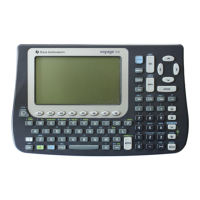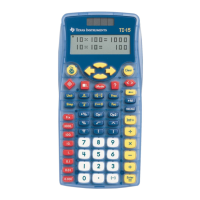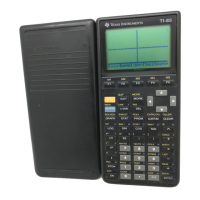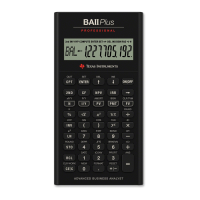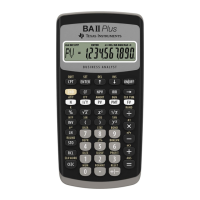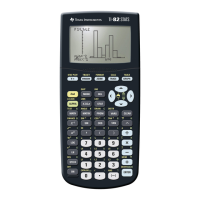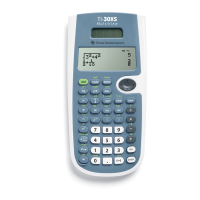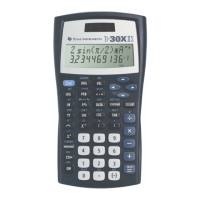Getting Started 16
Cursor keys
Cursor keysCursor keys
Cursor keys
Pressing A, B, C,or D moves the cursor in the corresponding direction. Depending on
the App, and depending on whether the 2 orr8 modifier key is used, the cursor keys
move the cursor in a variety of ways.
• C or D moves the cursor up or down one line at a time.
• 2A or 2B moves the cursor to the beginning or end of a line.
• 2C or 2D moves the cursor up or down one page at a time.
• 8C or 8D moves the cursor to the top or bottom of a page.
• C and A, C and B, D and A, or D and B moves the cursor diagonally. (Press
each pair of indicated cursor keys simultaneously.)
Numeric keypad
Numeric keypadNumeric keypad
Numeric keypad
The numeric keypad lets you enter positive and negative numbers.
To enter a negative number, press ? before typing the number.
Note: Don’t confuse the negation key (?) with the subtraction key (|).
To enter a number in scientific notation:
1. Type the numbers that precede the exponent. (This value can be an expression.)
2. Press 2^ The exponent symbol (í) follows the numbers you entered.
3. Type the exponent as an integer with up to three digits. (As the following example
shows, you can use a negative exponent.)

